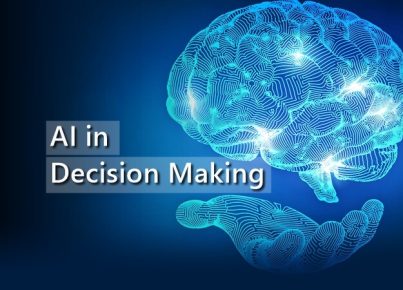A significant trend in Social and Emotional Learning is the increased focus on implementing SEL programs in early childhood education settings. This shift recognizes the critical importance of the early years in developing social and emotional competencies that will serve as a foundation for lifelong learning and well-being.
One key aspect of this trend is the integration of SEL into preschool and kindergarten curricula. Rather than treating SEL as a separate subject, many early childhood programs are weaving social and emotional skill development into all aspects of the school day. This might involve using storytime to discuss emotions, incorporating cooperative games into physical education, or using art projects to explore self-expression.
Another important element is the focus on developmentally appropriate SEL practices for young children. This involves recognizing that social and emotional skills develop in a sequence, much like physical or cognitive skills. For instance, before children can be expected to show empathy, they need to develop emotional self-awareness. Early childhood SEL programs are designed with these developmental stages in mind.
Play-based learning is a crucial component of early childhood SEL. Educators are increasingly recognizing the value of free play in developing social skills, emotional regulation, and problem-solving abilities. Structured play experiences are also being used to teach specific SEL skills, such as turn-taking or conflict resolution.
The trend towards early childhood SEL also includes a strong emphasis on creating nurturing, responsive classroom environments. This involves training teachers in sensitive caregiving practices and how to build secure attachments with young students. The goal is to create a safe emotional base from which children can explore and learn.
Family engagement is another key focus in early childhood SEL. Programs are increasingly involving parents and caregivers, recognizing that young children’s social and emotional development is heavily influenced by their home environment. This might involve parent workshops, take-home activities, or regular communication about SEL concepts being taught in school.
There’s also a growing trend towards using technology in age-appropriate ways to support early childhood SEL. This might include apps that help young children identify and name emotions, or interactive stories that explore social situations.
Assessment in early childhood SEL is another area of focus. Traditional paper-and-pencil tests are generally not appropriate for young children, so educators are developing more observational and performance-based assessments. These might include things like watching children during play to assess their social skills, or using picture-based tools to gauge emotional understanding.
However, implementing SEL in early childhood settings comes with challenges. There’s the risk of over-formalizing social and emotional learning for young children, potentially turning natural developmental processes into academic-like subjects. There’s also the challenge of balancing SEL with other important early learning goals, such as early literacy and numeracy.
Another potential pitfall is the risk of cultural bias in early childhood SEL programs. What’s considered appropriate social behavior or emotional expression can vary significantly across cultures, and early childhood educators need to be sensitive to these differences.
As this trend continues to evolve, we can expect to see more research into the long-term impacts of early childhood SEL programs. This may lead to the development of more refined, evidence-based approaches to fostering social and emotional skills in young children.
The ultimate goal of early childhood SEL is to give children a strong foundation in social and emotional competencies that will support their development and learning throughout their lives. By focusing on these skills in the early years, educators hope to set children on a positive trajectory for social, emotional, and academic success. As this trend matures, it has the potential to significantly impact not just early childhood education, but the entire educational landscape.





